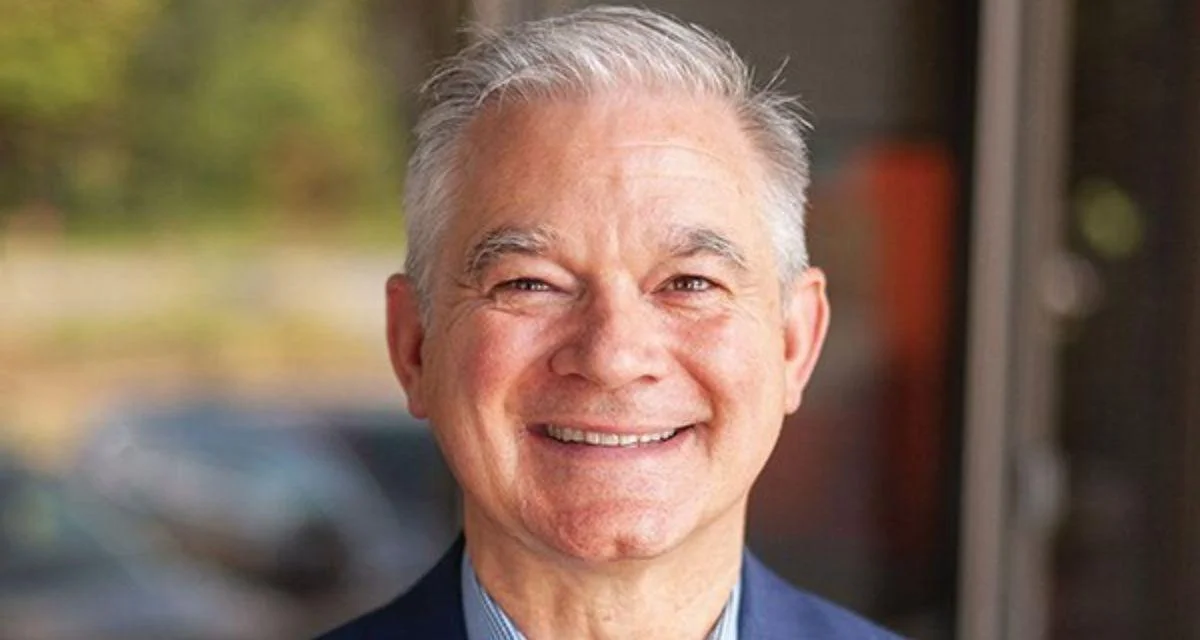Retail execution remains a persistent challenge in the consumer packaged goods (CPG) sector, according to industry leaders who recently discussed the issue on the “Conversations on Retail” podcast. Host Matt Fifer was joined by Dr. Brian Harris, CEO of IntentAI and known as the "father of category management," along with Ty Kasperbauer, CEO of Storesight.
Dr. Harris stated that category management has shifted away from its original purpose and now faces several limitations: it has become too focused on tactical details like planograms and promotions, relies heavily on past data, and is hampered by slow manual processes. "The world can change in two weeks," Dr. Harris warned.
Kasperbauer noted that shifting consumer demands often outpace traditional retail planning cycles. He said, "consumer demands don't care about retail planning cycles." Dr. Harris emphasized that execution is still the primary weakness for modern category managers: even well-developed strategies fail if not properly implemented at store level.
This challenge is compounded by limited access to timely and accurate feedback about what happens at the shelf—a point both speakers agreed upon. Kasperbauer remarked, "Category strategy without execution is category fantasy." Without visibility into store-level implementation, brands cannot assess whether their strategies are effective for retailers or consumers.
To address these issues, Dr. Harris outlined a new three-phase model for category management informed by his decades of research: Strategy (identifying shopper intentions), Planning (mapping shopper journeys), and Execution (implementing strategy at scale). This approach places strategy at the center but requires fast, relevant data to succeed.
Kasperbauer explained that technology is essential for delivering this kind of real-time intelligence: "The retail space has just been left behind in terms of real-time data," he said. He described how Storesight’s platform uses a network of three million shoppers combined with AI to provide up-to-date insights from stores across markets.
For technology tools to be effective in this context, Dr. Harris argued they must offer speed, accuracy, relevance, and scale: "I think what Storesight has put together, meeting all those criteria," he concluded.
Storesight reports tangible results from its platform:
- A Fortune 500 CPG company launching 1,000 products used Storesight to analyze market opportunities pre-launch and monitor performance with scorecards.
- Another major brand detected a “phantom inventory” problem through the platform; sharing this information led a retailer to place an immediate half-million-dollar order and resolve a larger supply chain issue.
- The tool also supports collaboration between suppliers and retailers as they tackle challenges like balancing theft prevention with sales when locking merchandise.
Looking ahead, Dr. Harris predicted further integration between human expertise and AI-powered tools: “AI won’t replace the category manager, but it will free them from manual tasks to focus on what humans do best: thinking strategically.”
The conversation highlighted how platforms such as Storesight are enabling brands and retailers to bridge the gap between strategic planning and successful in-store execution by providing real-time intelligence for better decision-making.


